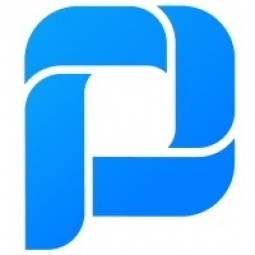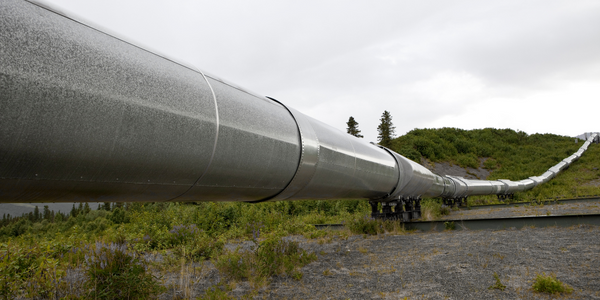Customer Company Size
Large Corporate
Region
- America
Country
- United States
Product
- ProcessMaker
Tech Stack
- Workflow Automation
- Low-Code BPM
Implementation Scale
- Enterprise-wide Deployment
Impact Metrics
- Cost Savings
- Productivity Improvements
Technology Category
- Application Infrastructure & Middleware - API Integration & Management
Applicable Industries
- Oil & Gas
Applicable Functions
- Procurement
- Warehouse & Inventory Management
Use Cases
- Inventory Management
- Supply Chain Visibility
Services
- System Integration
- Software Design & Engineering Services
About The Customer
California Resources Corporation (CRC) is a publicly traded oil and gas exploration and production company — the largest oil and natural gas producer in California on a gross-operated basis. CRC operates a world-class resource base exclusively within the state of California, applying complementary and integrated infrastructure to gather, process, and market production. Using advanced technology, CRC’s 4,000+ employees and contractors focus on safely and responsibly supplying affordable energy for California by Californians.
The Challenge
California Resources Corporation (CRC), the largest oil and natural gas producer in California, was facing a significant challenge in managing its vast inventory. The company had a 60,000 square foot inventory using a network of vendor suppliers with different descriptions and item numbers. This made it difficult to automate the part inventory systems and consolidate them into a single search. CRC only had their parts inventory cataloged by description, a field with lots of variability. Procurement was difficult, with CRC vendors rapidly searching inventory to locate needed parts. Off-catalog requests were too high and parts procurements was 20% over budget.
The Solution
CRC relied on a dozen legacy procurement systems before ProcessMaker. With ProcessMaker, an automated, Google-like search of disparate inventory sources was created. CRC was then able to introduce a “Search Before You Buy” process that made procurement efficient. Wells are now repaired more quickly, positively impacting oil production. By bringing together inventory data from disparate sources, standardizing and improving indexing criteria and making it available for downstream decision making, CRC is transforming their business and becoming much better steward of financial resources. Access to the right data in an easy to find, structured process would reduce variability and costs from procurement, contracting, vendor management and inventory management processes.
Operational Impact
Quantitative Benefit

Case Study missing?
Start adding your own!
Register with your work email and create a new case study profile for your business.
Related Case Studies.

Case Study
Taking Oil and Gas Exploration to the Next Level
DownUnder GeoSolutions (DUG) wanted to increase computing performance by 5 to 10 times to improve seismic processing. The solution must build on current architecture software investments without sacrificing existing software and scale computing without scaling IT infrastructure costs.

Case Study
Remote Wellhead Monitoring
Each wellhead was equipped with various sensors and meters that needed to be monitored and controlled from a central HMI, often miles away from the assets in the field. Redundant solar and wind generators were installed at each wellhead to support the electrical needs of the pumpstations, temperature meters, cameras, and cellular modules. In addition to asset management and remote control capabilities, data logging for remote surveillance and alarm notifications was a key demand from the customer. Terra Ferma’s solution needed to be power efficient, reliable, and capable of supporting high-bandwidth data-feeds. They needed a multi-link cellular connection to a central server that sustained reliable and redundant monitoring and control of flow meters, temperature sensors, power supply, and event-logging; including video and image files. This open-standard network needed to interface with the existing SCADA and proprietary network management software.

Case Study
Refinery Saves Over $700,000 with Smart Wireless
One of the largest petroleum refineries in the world is equipped to refine various types of crude oil and manufacture various grades of fuel from motor gasoline to Aviation Turbine Fuel. Due to wear and tear, eight hydrogen valves in each refinery were leaking, and each cost $1800 per ton of hydrogen vented. The plant also had leakage on nearly 30 flare control hydrocarbon valves. The refinery wanted a continuous, online monitoring system that could catch leaks early, minimize hydrogen and hydrocarbon production losses, and improve safety for maintenance.










